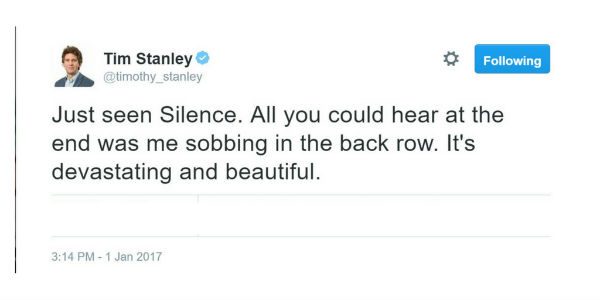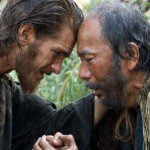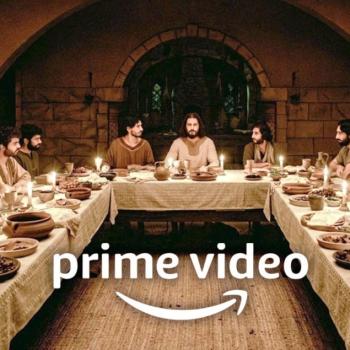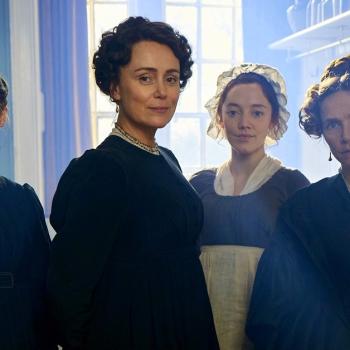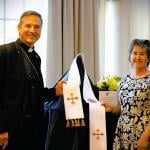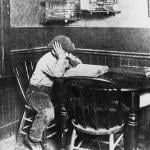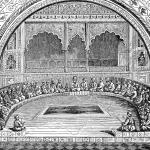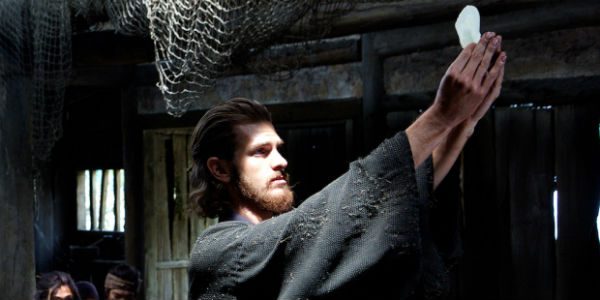 In the previous post, I looked at the reaction of Los Angeles’ Bishop Robert Barron to Martin Scorsese’s “Silence.” But from within the Catholic sphere, there is a dissenting view, this time from across the pond.
In the previous post, I looked at the reaction of Los Angeles’ Bishop Robert Barron to Martin Scorsese’s “Silence.” But from within the Catholic sphere, there is a dissenting view, this time from across the pond.
Currently in theaters, “Silence,” based on the Japanese novel of the same name, follows two Jesuit priests (Andrew Garfield, Adam Driver) into 17th-century Japan, in search of a Jesuit mentor (Liam Neeson), who is said to have repudiated his faith and become a tool of the tyrannical government.
They arrive to find that the Japanese Christians are being horribly persecuted and martyred. When the authorities threaten to kill the priests’ flock if they don’t repudiate Christ — by stepping on an icon of him — they have a choice to make.
(SPOILER WARNING)
Suffice to say, the decision made by Garfield’s character, Father Rodrigues, ultimately leads him down the same path as his mentor.
Bishop Barron had concerns about this portrayal of Catholicism, particularly the priest’s capitulation versus the strength of the lay martyrs:
I would like to propose a comparison, altogether warranted by the instincts of a one-time soldier named Ignatius of Loyola, who founded the Jesuit order to which all the Silence missionaries belonged. Suppose a small team of highly-trained American special ops was smuggled behind enemy lines for a dangerous mission. Suppose furthermore that they were aided by loyal civilians on the ground, who were eventually captured and proved willing to die rather than betray the mission. Suppose finally that the troops themselves were eventually detained and, under torture, renounced their loyalty to the United States, joined their opponents and lived comfortable lives under the aegis of their former enemies. Would anyone be eager to celebrate the layered complexity and rich ambiguity of their patriotism? Wouldn’t we see them rather straightforwardly as cowards and traitors?
My worry is that all of the stress on complexity and multivalence and ambiguity is in service of the cultural elite today, which is not that different from the Japanese cultural elite depicted in the film. What I mean is that the secular establishment always prefers Christians who are vacillating, unsure, divided, and altogether eager to privatize their religion. And it is all too willing to dismiss passionately religious people as dangerous, violent, and let’s face it, not that bright.
British historian and writer Timothy Stanley, a convert to Catholicism, has a different view, expressed in a Jan. 13 piece that first appeared in The Catholic Herald in the U.K.
But first, he said on Twitter:
In print, he called “Silence” a “masculine movie” and “a model for the Church.”
Regarding Barron’s reaction (which he references) and that of others, Stanley wondering of they insisted on seeing the film just as a commentary on our times, rather than just a portrait at its own era:
Silence is not set in America in 2017; it’s set in Japan in the 1600s. The choices facing Rodrigues do not compare to, say, a baker facing a fine for refusing to make a gay cake – they are a matter of life or death. And it’s not his own life he is invited to save, but those of his flock. At the critical moment of the movie, Rodrigues stands with his foot over an icon, poised to trample the face of his Saviour. His emotional pain is so intense that it has become physical. The dilemma is a crown of thorns. In the darkness, you could hear half the cinema willing him to stamp; the other half praying for strength. Suddenly, he hears the voice of Christ. It says: “Go ahead, step on me. I am here with you.” Jesus took nails and death on our behalf – he can suffer one more foot. In an act of faith, Rodrigues steps on the icon.
What would you have done? Me, I don’t know. Crucially, the film is full of people who do choose death. These scenes are among the most beautiful. We witness three Japanese peasants crucified at sea and left to drown. One of them survives for days. He sings Tantum Ergo.
Click here for the whole thing.
One thing’s for certain, there isn’t a unified Catholic reaction to “Silence,” which may be the kind of film that speaks to viewers as much for who they are, as what it is.
Image: Courtesy Twitter, Parmount Pictures
Don’t miss a thing: head over to my other home at Family Theater Productions; also like the Patheos Catholic FB page to see what my colleagues have to say.


